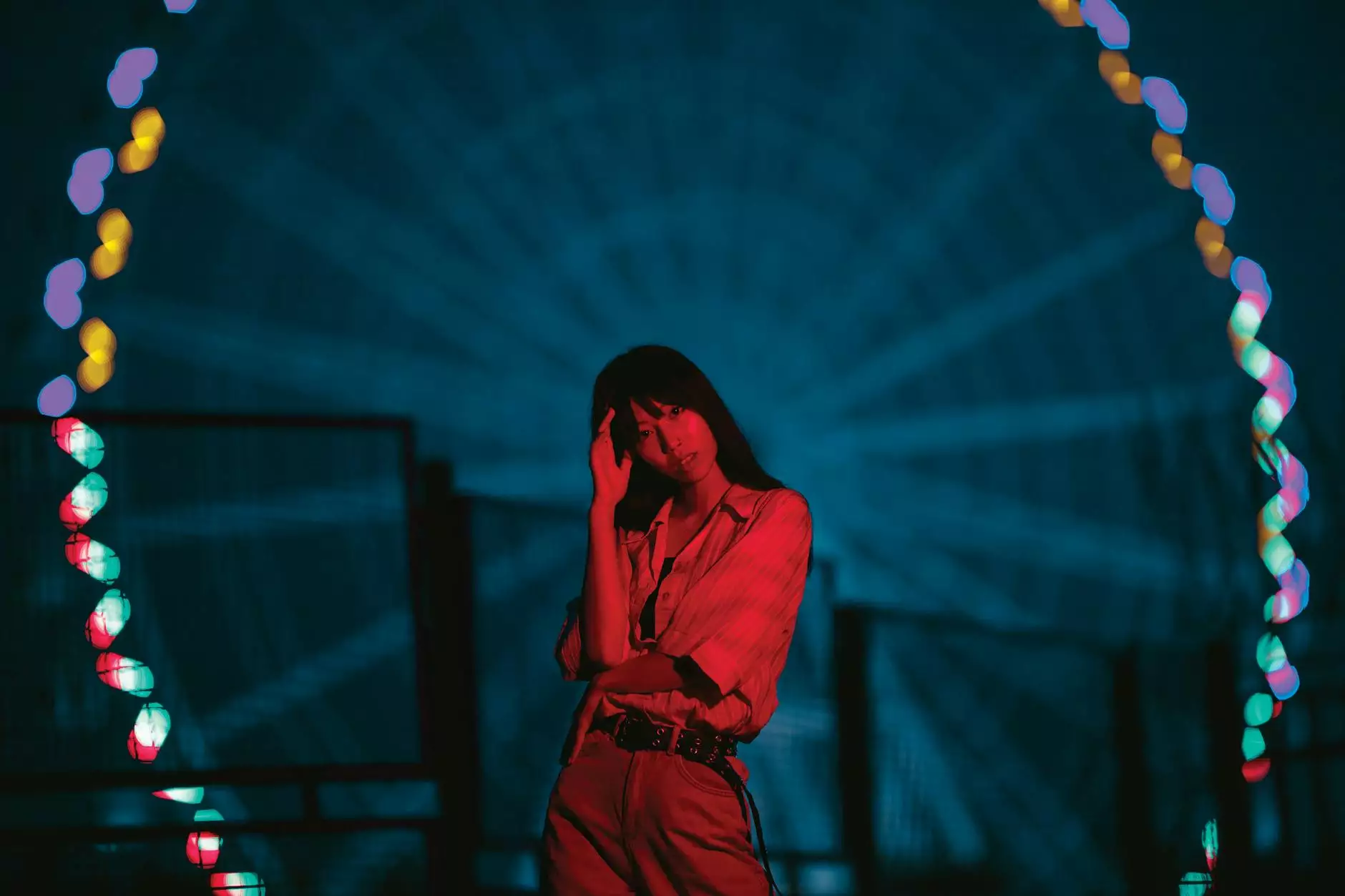The Fascinating Intersection of Art and Light

Art using light is a compelling phenomenon that merges creativity with technology, offering viewers an immersive experience that captivates the senses. Artists across the globe have harnessed the incredible power of light to convey emotions, tell stories, and engage audiences in ways traditional art forms cannot. This article delves deep into the world of light as an artistic medium, emphasizing its significance within the categories of Arts & Entertainment and Art Galleries, with a particular focus on the pioneering work showcased on grimanesaamoros.com.
Understanding the Essence of Art Using Light
At its core, art using light transforms the perception of space and form, blending the physical characteristics of light—such as color, intensity, and movement—with artistic intention. This genre of art encompasses various forms of expression, including:
- Light Installations: Large-scale exhibitions constructed with light sources and materials that reflect, diffuse, or refract light.
- Projection Mapping: The technique of projecting visuals onto irregularly shaped surfaces to create dynamic, moving images.
- Illuminated Sculptures: Three-dimensional forms that rely on light as a primary element to enhance visibility and aesthetic quality.
The Historical Context of Light in Art
The utilization of light in art is not a novel concept. Historically, artists have employed natural and artificial light to enhance their work. The introduction of artificial lighting—such as gas lamps in the 19th century—facilitated night-time painting and opened new avenues for artistic exploration. Renowned artists like Claude Monet and Vincent van Gogh famously experimented with the effects of daylight and twilight in their works, paving the way for future explorations into light-based art.
Modern Innovations in Art Using Light
In contemporary art, the use of light has taken on innovative forms. Artists today leverage advanced technology to create breathtaking experiences. Some noteworthy developments include:
Digital Art and Light
With the rise of digital technology, artists are now able to create mesmerizing light displays using software and projection techniques. Digital light art provides dynamic, ever-changing visuals that can adapt to various settings and contexts.
Interactive Light Installations
Interactive installations invite viewer participation, transforming passive observation into active engagement. One aspect of art using light is the incorporation of sensors that respond to motion or touch, allowing viewers to influence the artwork.
Environmental Art and Sustainability
More artists are also exploring the relationship between light and the environment. By utilizing solar-powered lights or repurposed materials, installations serve not only as art pieces but also as statements on sustainability and ecological awareness.
Famous Artists and Their Contributions
Several artists have made substantial contributions to the domain of art using light, each bringing a unique perspective to this fluid art form. Here are a few noteworthy figures:
- James Turrell: Renowned for his monumental works that manipulate light and space, creating rooms that alter perception.
- Olafur Eliasson: Known for installations that bridge the gap between nature and technology, his work often engages viewers with climate change themes.
- Dan Flavin: A pioneer of minimalism, Flavin used commercial fluorescent lights to create art that examined the physical environment and spatial relations.
Exhibiting Art Using Light: A Journey Through Galleries
Art galleries around the world have embraced light-based art, showcasing works that captivate audiences. Here's how these spaces highlight the impact of this art form:
Integration into Contemporary Art Galleries
Contemporary galleries frequently host exhibitions dedicated to light art, offering a platform for both emerging and established artists to present their innovative works. These exhibitions often incorporate a variety of media, encouraging audiences to experience art in novel ways.
The Role of Technology in Exhibitions
Technology plays a crucial role in the curation and presentation of light art. Virtual reality (VR) and augmented reality (AR) integrations allow galleries to offer interactive experiences that deepen viewer engagement.
Community Engagement and Workshops
Many art institutions are enhancing their community outreach through workshops and educational programs focused on art using light. These initiatives not only foster appreciation but also empower individuals to explore their creativity through light-based mediums.
Final Thoughts on Art Using Light
The realm of art using light is one of endless possibilities, where creativity, technology, and interaction intersect. As society continues to evolve in its understanding of art, the role of light will undoubtedly remain significant. Artists will continue to push the boundaries, exploring how light can evoke emotions and challenge perceptions.
Exploring Your Own Artistic Journey
If you are inspired by the myriad opportunities afforded by art using light, consider embarking on your own artistic journey. Here are some tips to get started:
- Experiment with Light Sources: Use LED strips, projectors, or natural light to create your own installations.
- Take a Class: Look for community courses focusing on digital art or light installation techniques.
- Connect with Other Artists: Join local or online art groups that share a similar passion for light art.
Discover More at Grimanesa Amorós' Website
For those keen on exploring further, Grimanesa Amorós continues to be a pivotal figure in the art using light genre. Her installations evoke deep thought and reflect profound themes, making her website a valuable resource for enthusiasts and aspiring artists alike.
Conclusion
Art using light is not merely a trend; it is a vibrant and essential aspect of the modern art landscape. Through light, artists create magic, provoke thought, and invite audiences into transformative experiences. Whether you are an artist or an art lover, the exploration of light as a medium promises endless inspiration and profound understanding of our world.









